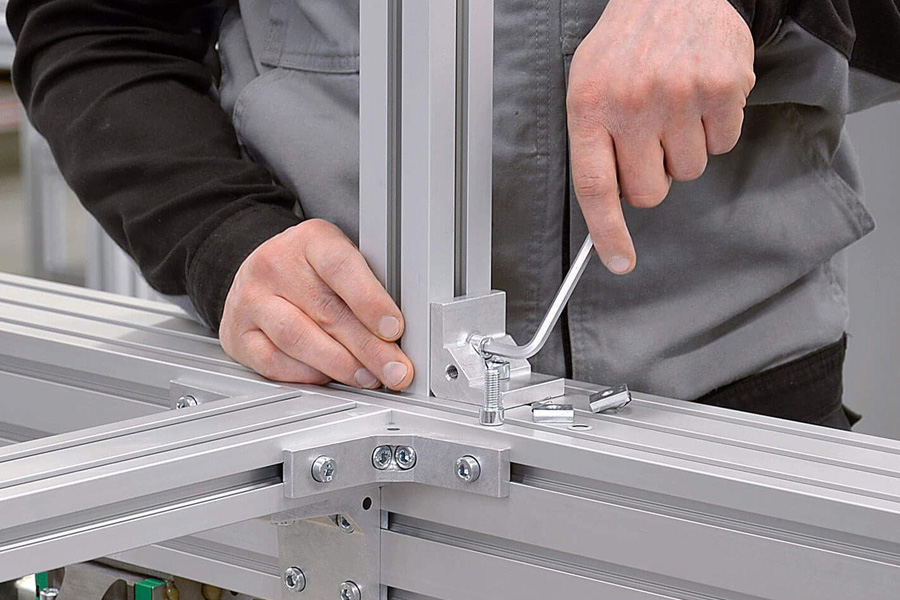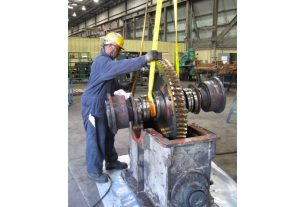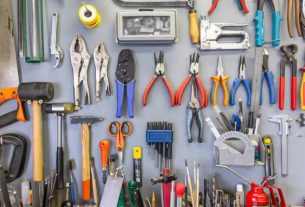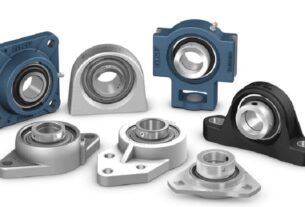Aluminium profiles and components provide a level of flexibility in design and functionality making them a popular choice for customized solutions across various industries. Whether you’re working on furniture, industrial machinery or architectural projects knowing how to customize aluminium profiles effectively can enhance the outcome. This article delves into design suggestions and methods for utilizing aluminium profiles to create solutions.
1. Grasping Extrusion Capabilities
Aluminium profiles are typically created through extrusion a method that enables the production of shapes with consistent cross sections. Before embarking on customization, it’s essential to grasp the capabilities of extrusion. Different alloys and temper conditions offer varying levels of strength, flexibility and machinability which impact design possibilities. Seeking advice from a supplier can assist in selecting the appropriate alloy and profile geometry to meet specific project needs.
2. Balancing Functionality with Aesthetics
When customizing aluminium profiles, it’s important to consider both requirements and aesthetic preferences. Evaluate factors such as load bearing capacity, durability and environmental conditions that the profile will face. Whether it serves as a support beam, a decorative accent piece or a component, in machinery. Prioritize functionality while also emphasizing visual appeal.
3. Exploring Finishing Methods
Improving the appearance and performance of aluminium profiles involves using various finishing methods. Anodizing can provide protection against corrosion. Offer a range of colour choices while powder coating ensures durability and allows for customization with a variety of colours and textures. These finishes do not shield the aluminium but also enhance the overall design by complementing other materials and decor.
Customizing with Precision Machining
Precision machining is essential for tailoring aluminium profiles to specifications. CNC machining enables cuts, bores and joints facilitating seamless integration with other parts or structures. Whether constructing assemblies or intricate designs custom machining guarantees a perfect fit and functionality enhancing the projects overall performance.
Incorporating Elements
To further personalize aluminium profiles additional elements like fasteners connectors or inserts can be integrated. This modular approach increases flexibility and simplifies assembly processes for constructing systems or structures. It is important to ensure that these components are compatible with the chosen aluminium profile for integration and optimum performance.
Keyword Inclusion
Throughout this exploration of customizing aluminium profiles, the adaptability and versatility of aluminium profiles & components stand out. Whether improving functionality through precision machining or achieving objectives with customized finishes aluminium profiles offer endless opportunities for tailored solutions, in design and engineering.
In summary becoming skilled at tailoring aluminium profiles requires a mix of know-how and creative flair. By utilizing extrusion capabilities exploring finishing methods and incorporating precise machining, designers and engineers can fully maximize the potential of aluminium profiles to meet a wide range of project needs.
Through the use of customization techniques, you have the opportunity to turn aluminium profiles into unique solutions that enhance the performance, appearance and usability of your upcoming project. Whether you’re working on designs, for homes, businesses or industries aluminium profiles provide the flexibility and resilience to bring your ideas to fruition.





